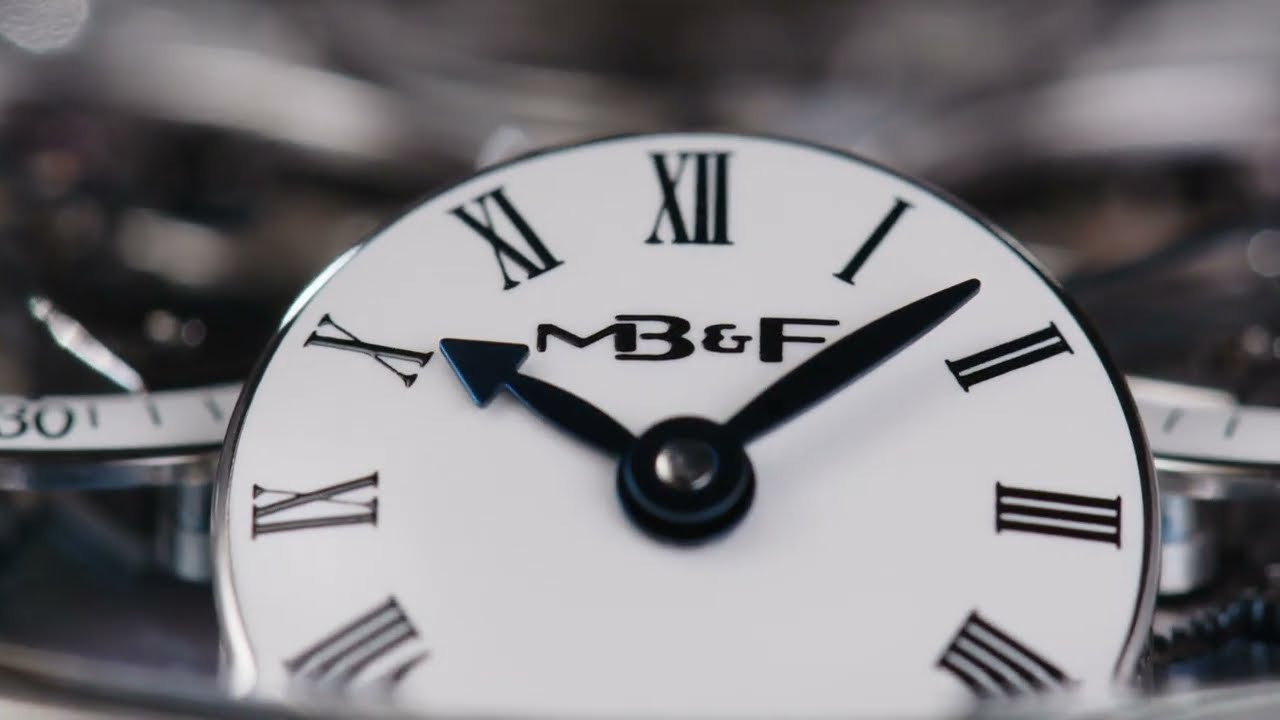The quick facts
‣ The LM Sequential EVO, released in 2022, was MB&Fs’ first chronograph and 20th calibre; it featured significant technical innovations and an unprecedented combination of timing modes thanks to its “Twinverter” binary switch: independent timing, split-second, cumulative and lap-timer modes. It won the GPHG ‘Aiguille d’Or’, the most coveted prize in watchmaking.
‣ The new Flyback edition goes further than the previous EVO editions: on top of the previous timing modes typically associated with motor racing, it adds the flyback function originally conceived for pilots, bringing the Sequential into the world of aviation.
‣ The new Flyback edition with sky blue dial plate comes in the more classic Legacy Machine styling, in a platinum case with screwed lugs and white lacquered dials – including a tilted hours and minutes dial – on a leather strap.
‣ The Sequential and Sequential Flyback movements were conceived and developed by Stephen McDonnell, who previously created for MB&F the award-winning LM Perpetual.


























